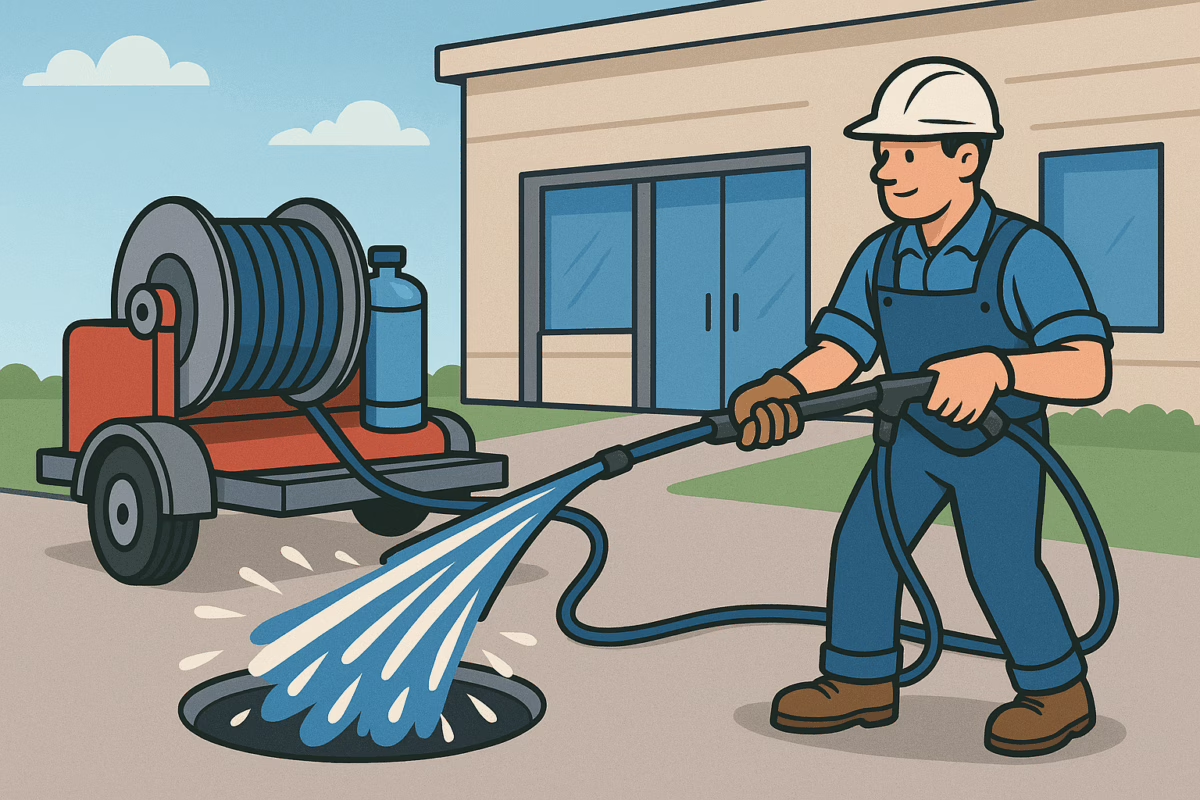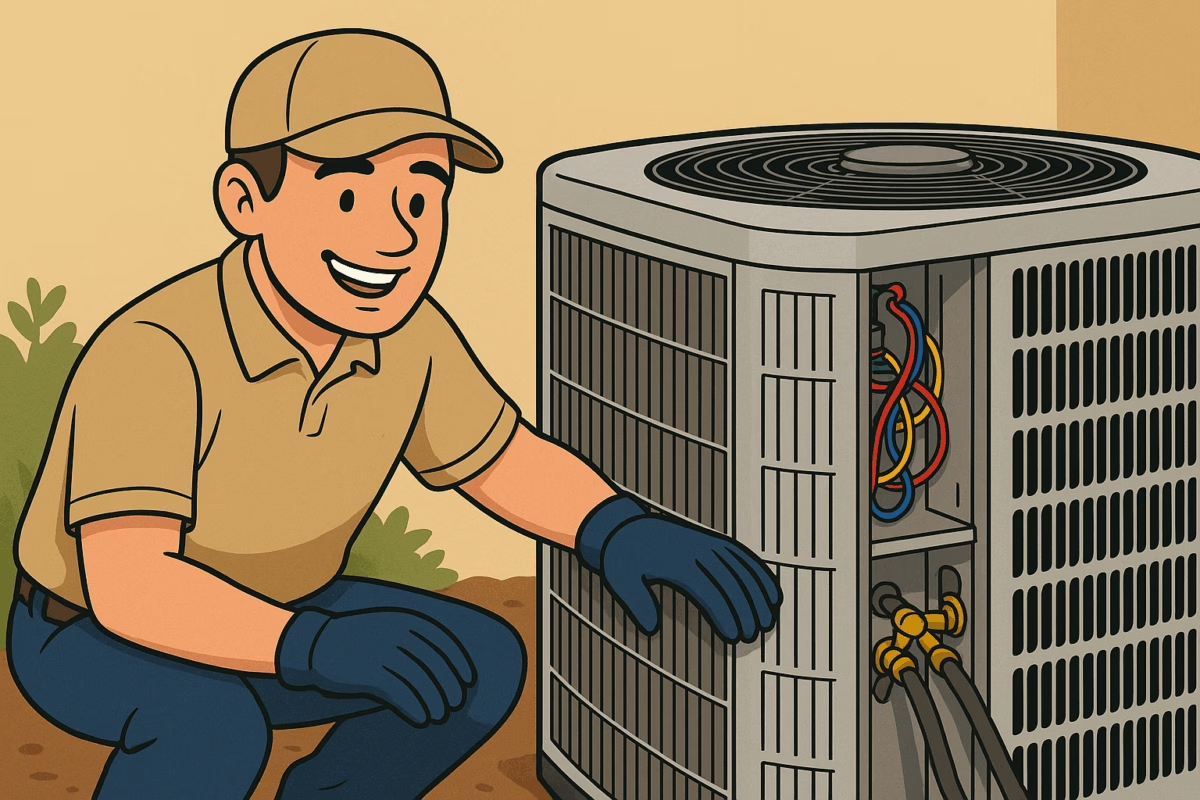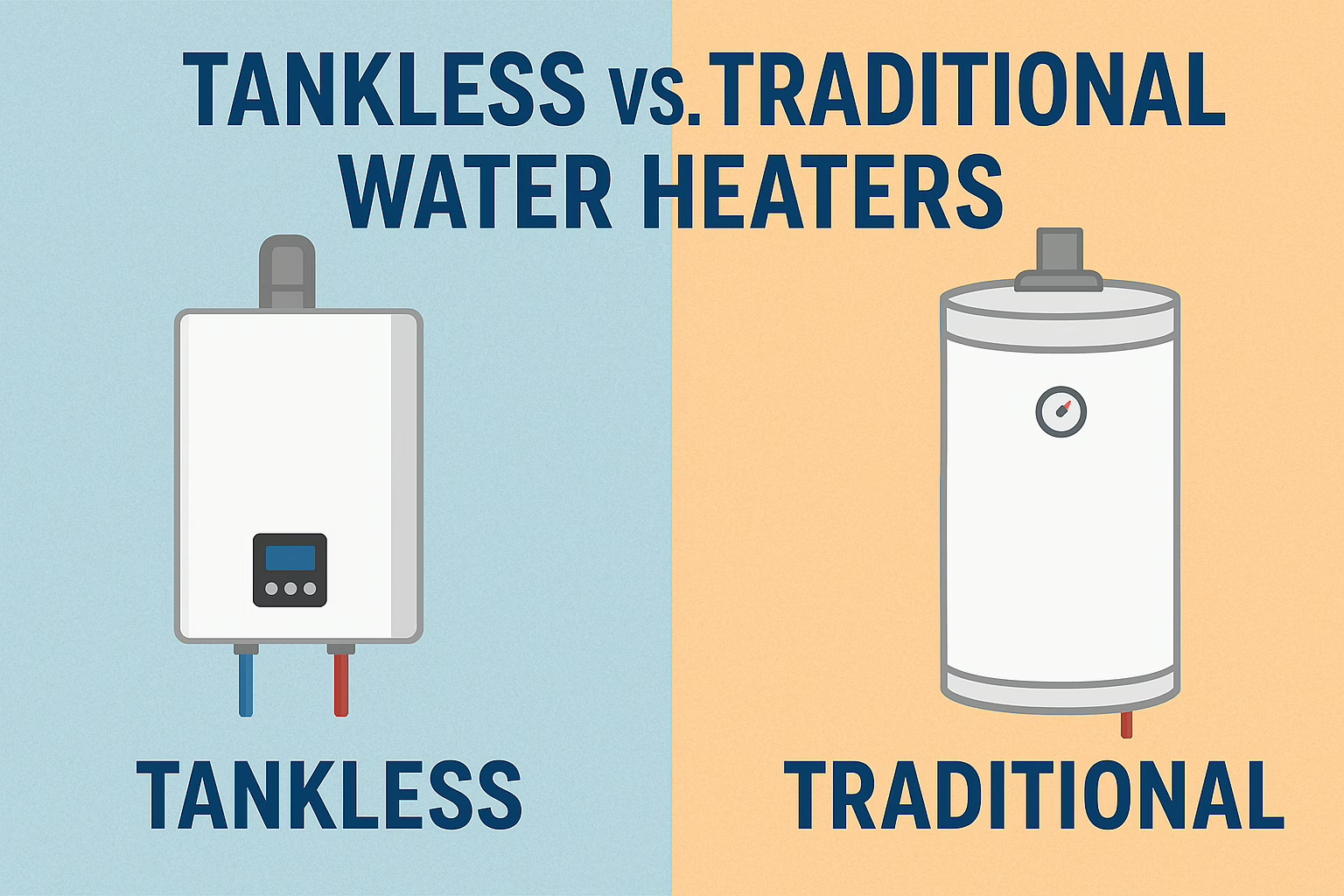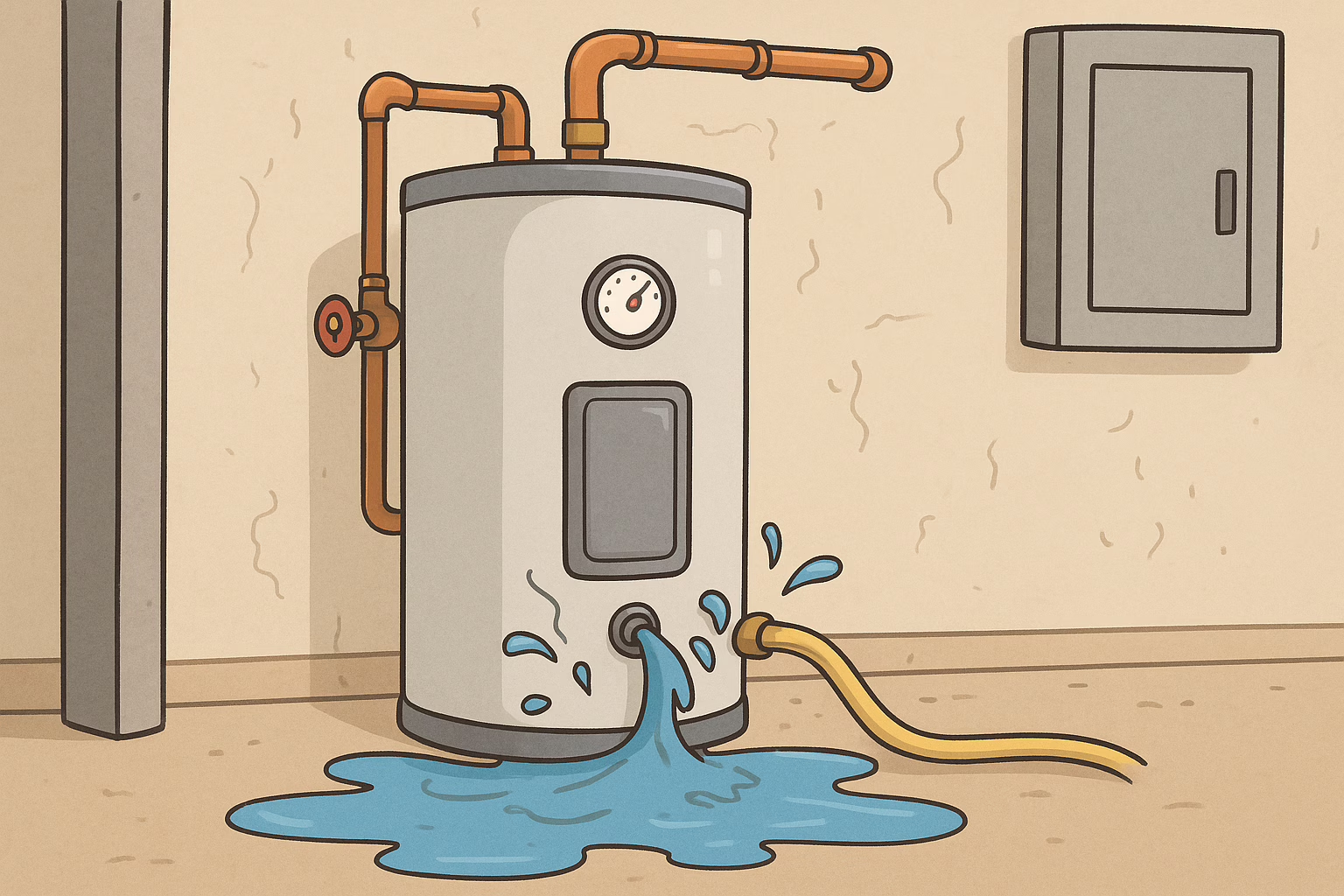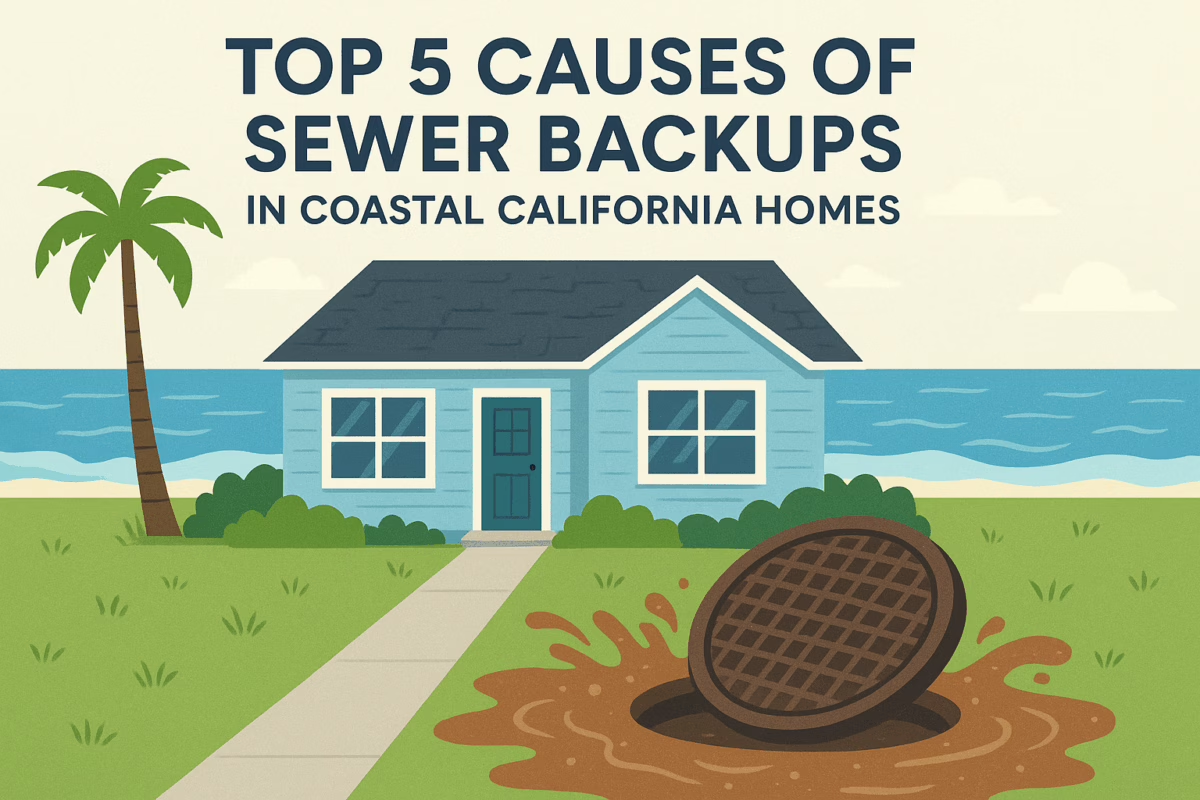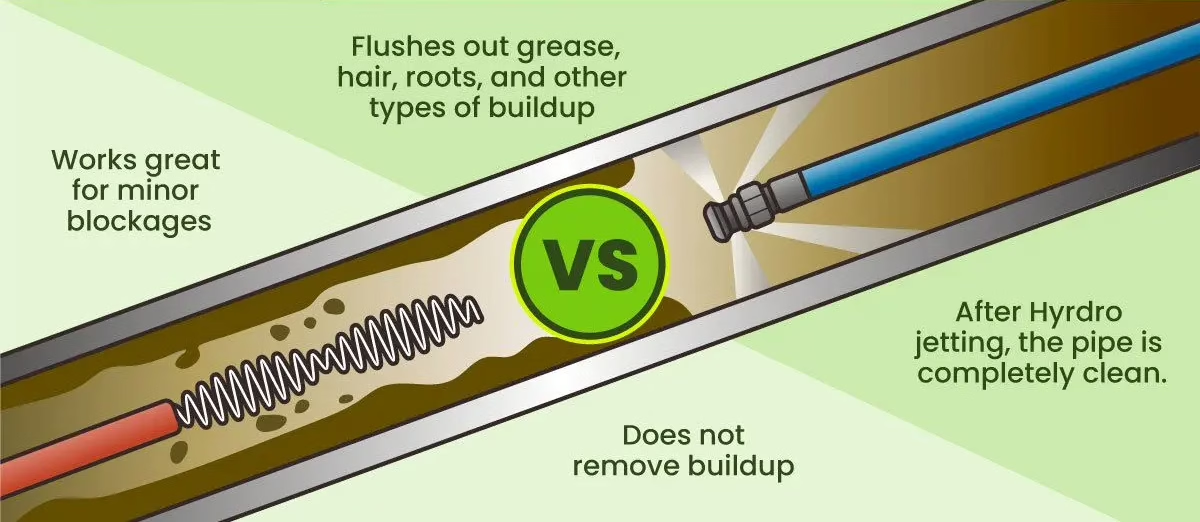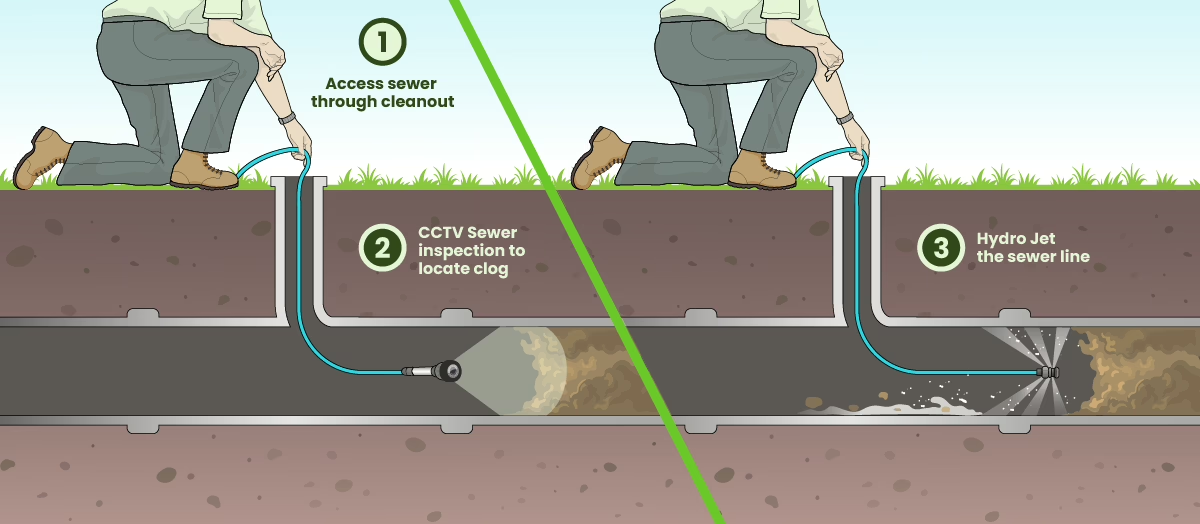For large-scale facilities on California’s Central Coast — including Monterey County, San Benito County, and Santa Cruz County — maintaining healthy plumbing systems is critical to daily operations.
At Val’s Plumbing & Heating, Inc., we’ve been serving the region since 1954, and one of the most powerful tools we use to keep commercial plumbing systems running efficiently is hydro-jetting.
This article will walk you through what hydro-jetting is, why it matters, and how our specialized equipment sets us apart from other providers in the region.
What Is Hydro-Jetting?
Hydro-jetting is a high-pressure pipe cleaning process that uses water jets to scour the inside of pipelines. These water streams remove:
-
Grease, fats, and food residue
-
Sludge and biofilm buildup
-
Mineral scale and rust
-
Intruding tree roots and debris
Unlike mechanical drain cleaning, which only pokes a hole through clogs, hydro-jetting cleans the entire pipe wall back to near-original condition, improving flow and preventing future blockages.
Why It Matters for Large Facilities
Facilities like hospitals, schools, wineries, agricultural operations, and government buildings often have complex and extensive plumbing systems. When a clog happens, it can shut down operations, create health risks, and lead to costly emergency repairs.
Regular hydro-jetting provides these key benefits:
-
Prevents disruptive blockages and backups
-
Keeps systems operating at full capacity
-
Extends the lifespan of pipes and infrastructure
-
Avoids emergency downtime and expensive repairs
This makes hydro-jetting an essential preventive maintenance strategy for large-scale operations.
Two Specialized Advantages That Set Val’s Apart
🔥 Hot-Water Hydro-Jetting
Most jetting companies use only cold water. We are one of the few providers on the Central Coast that can use heated water for hydro-jetting, giving us a critical edge when cleaning:
-
Grease-heavy lines in food facilities, wineries, and cafeterias
-
Animal byproduct buildup in agricultural systems
-
Hardened sludge that cold water can’t break down
Hot water melts and emulsifies fats and oils, allowing for a more thorough and longer-lasting clean.
⚡ Long-Distance High-Pressure Jetting (Up to 500 Feet)
We operate one of the largest jetting rigs in the area, capable of cleaning up to 500 feet of pipe while maintaining full pressure.
This capability allows us to clean deep inside long pipeline systems common in:
-
Campus-style school and hospital layouts
-
Agricultural irrigation and processing facilities
-
Government complexes and industrial plants
Most providers lose pressure at these distances — we don’t.
Why Experience Matters
We’ve been serving Monterey County, San Benito County, and Santa Cruz County for over 70 years, and we understand the unique plumbing challenges of large facilities in this region.
Our technicians are fully licensed, highly trained, and committed to delivering safe, efficient, and environmentally friendly service — without harsh chemicals or unnecessary disruption.
Keep Your Facility Flowing Smoothly
Whether you manage a hospital, school, winery, agricultural operation, or government facility, preventive hydro-jetting is one of the smartest investments you can make to protect your infrastructure and avoid downtime.
📍 Serving: Monterey County | San Benito County | Santa Cruz County
🔗 Learn More About Our Hydro-Jetting Services

